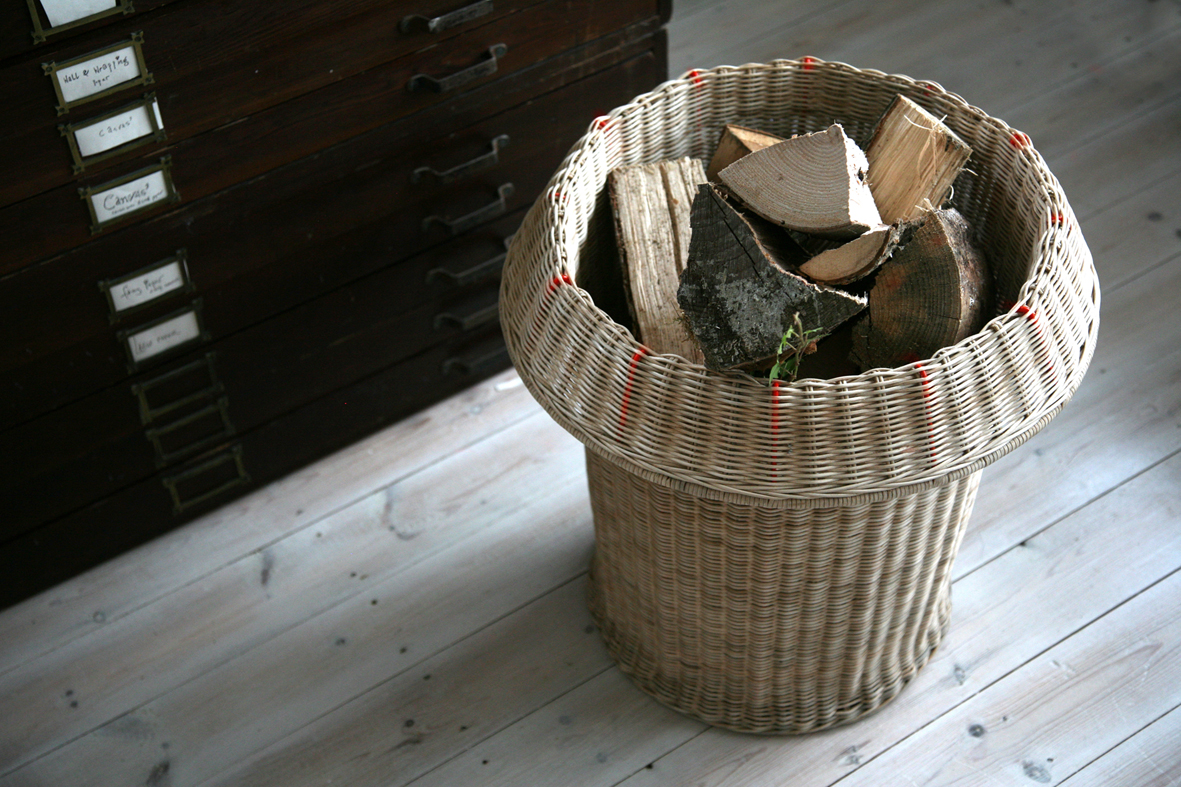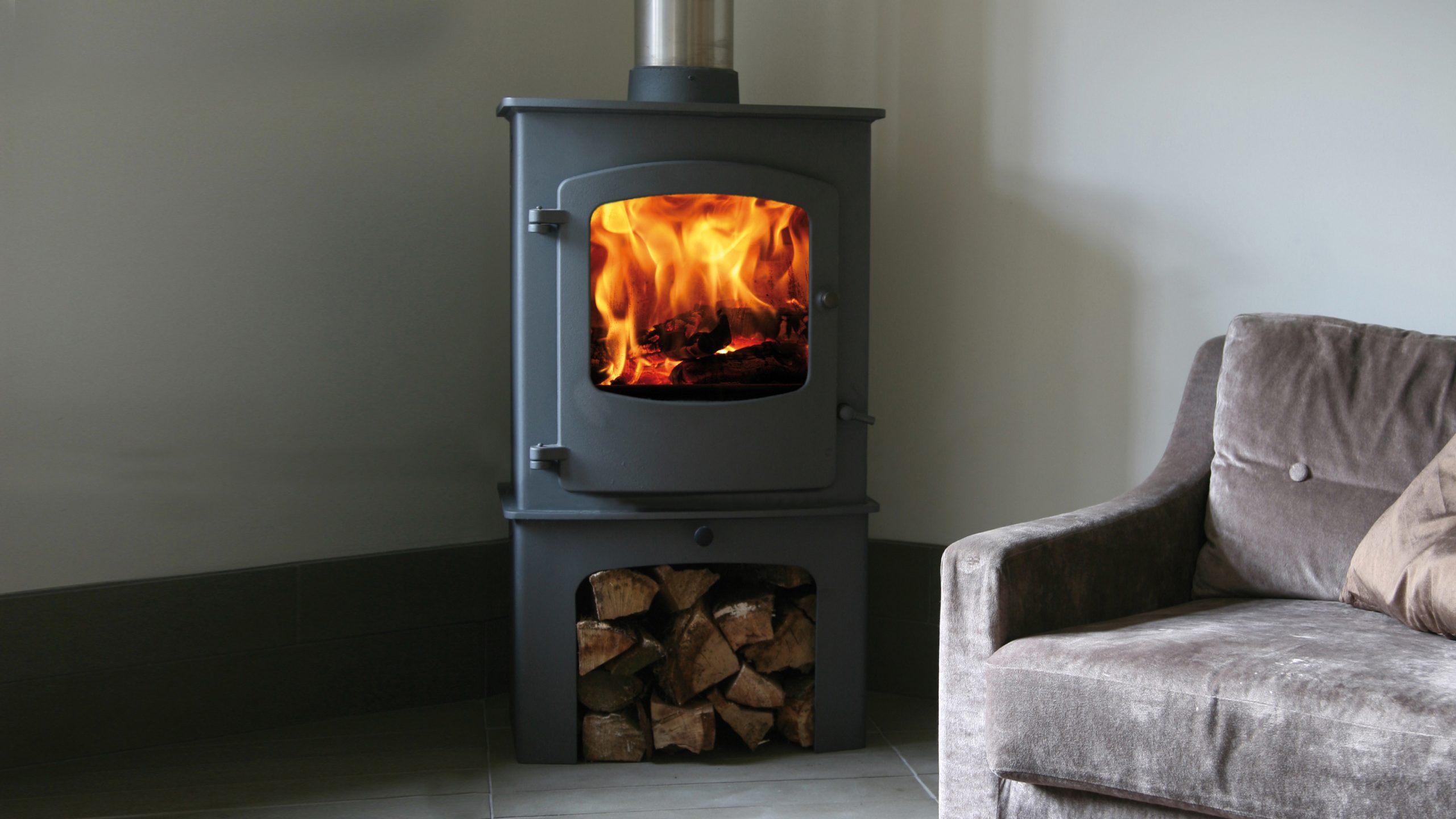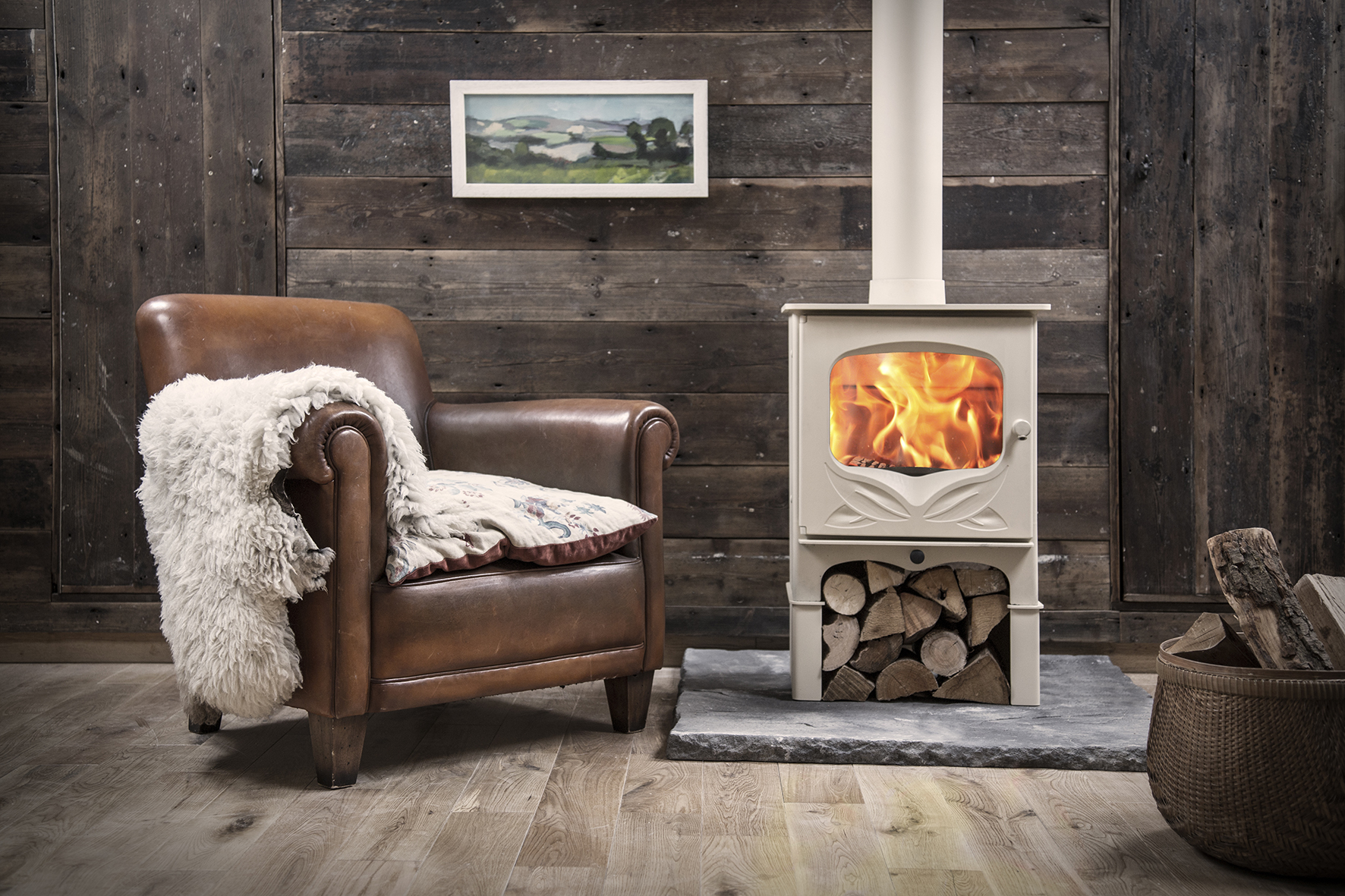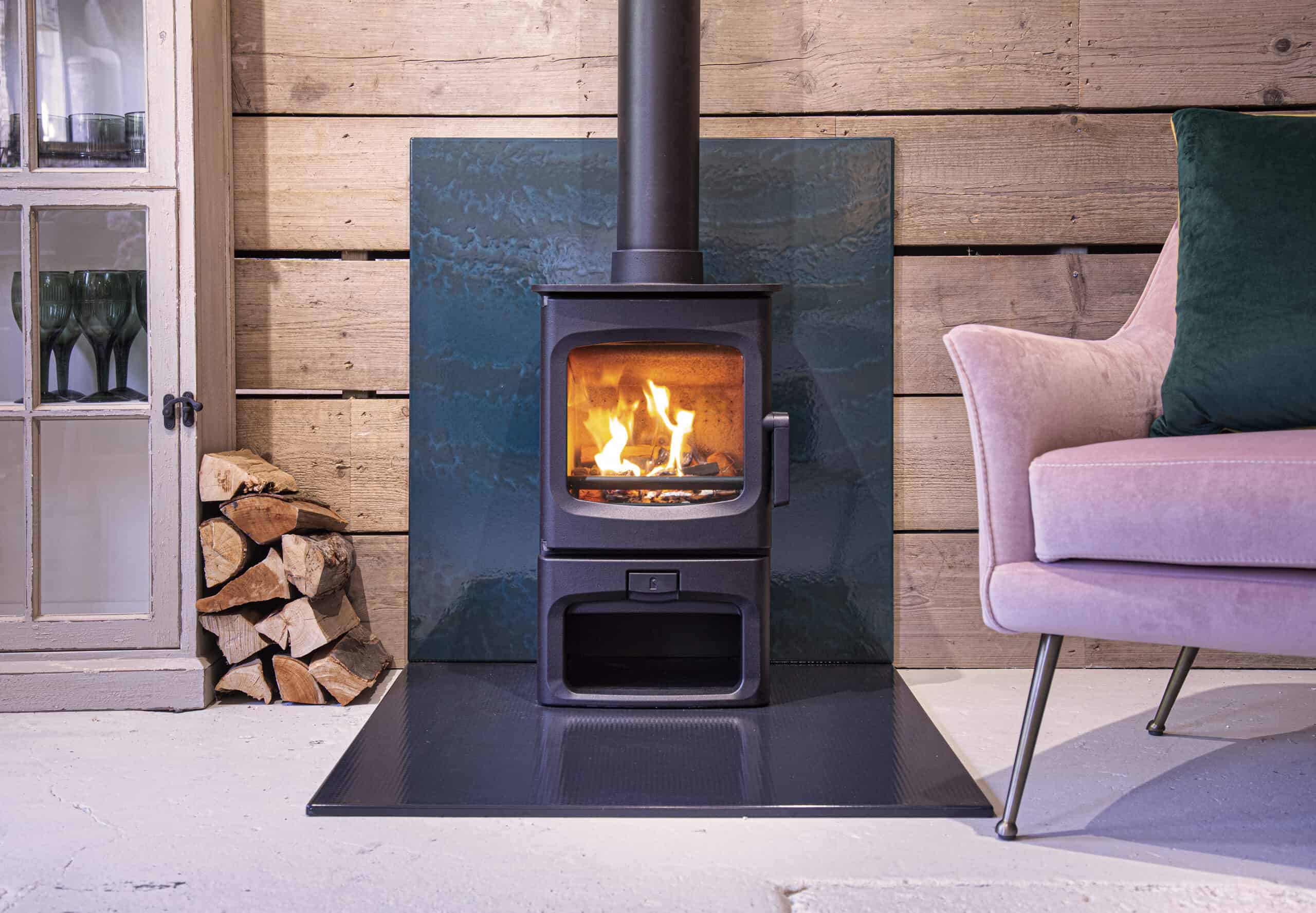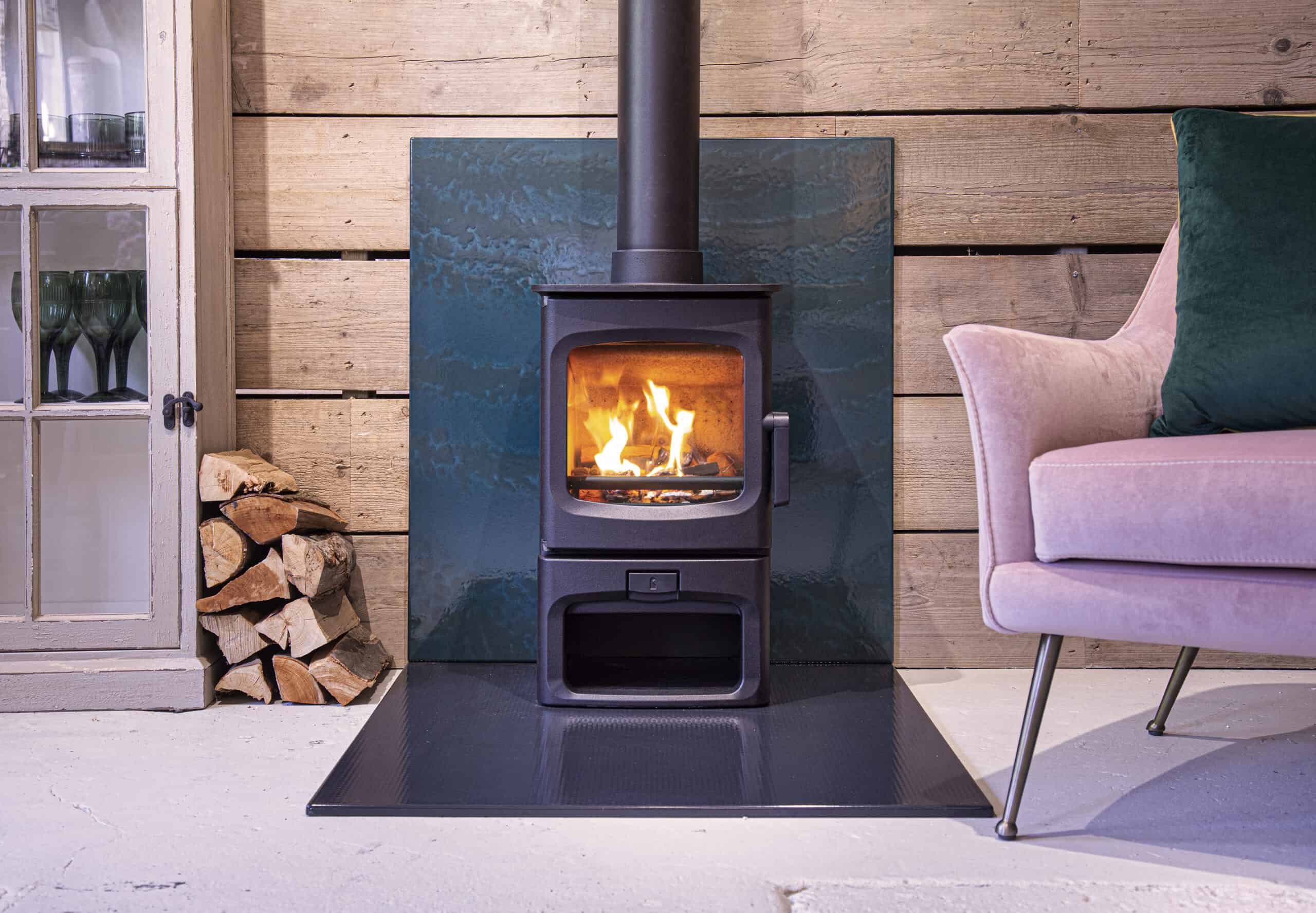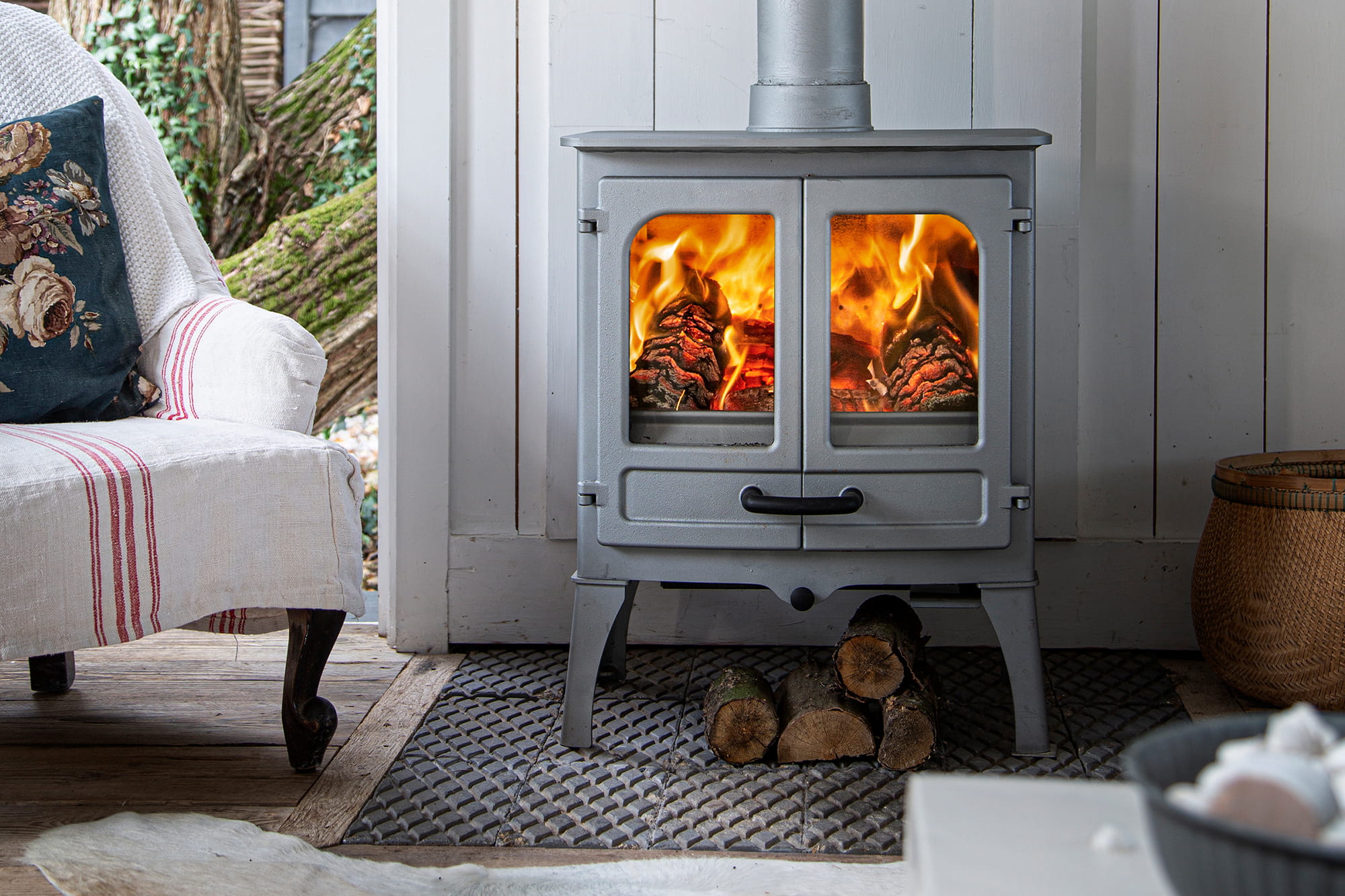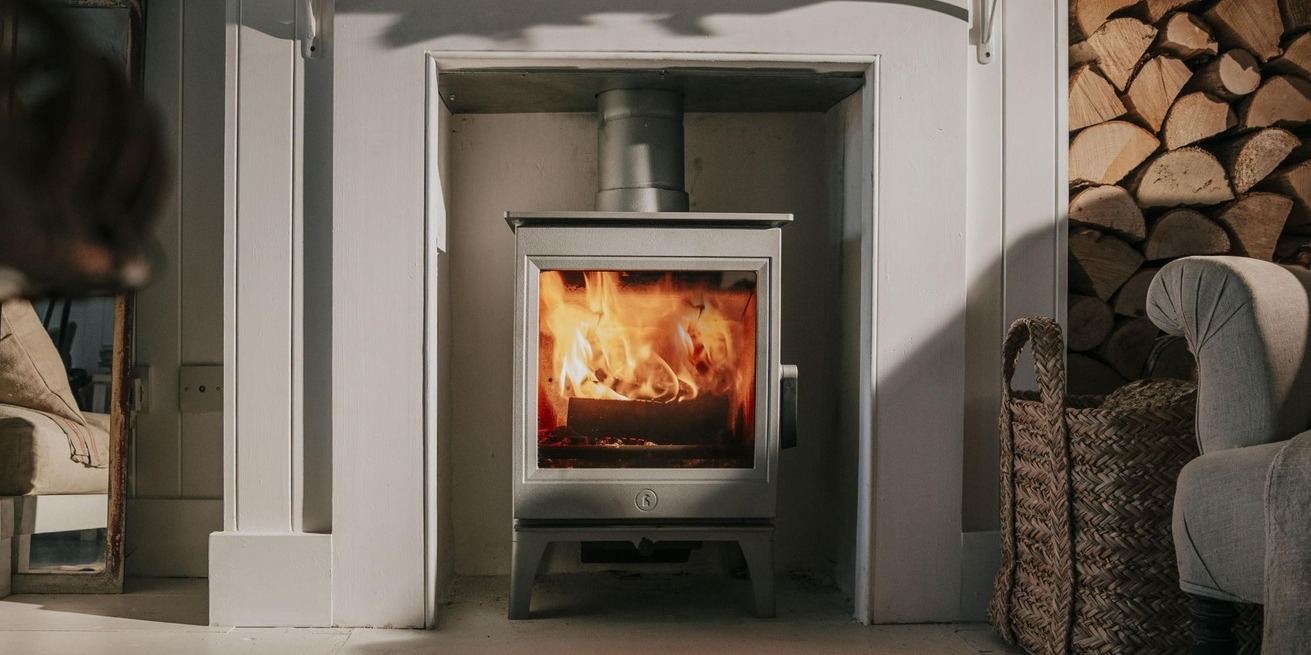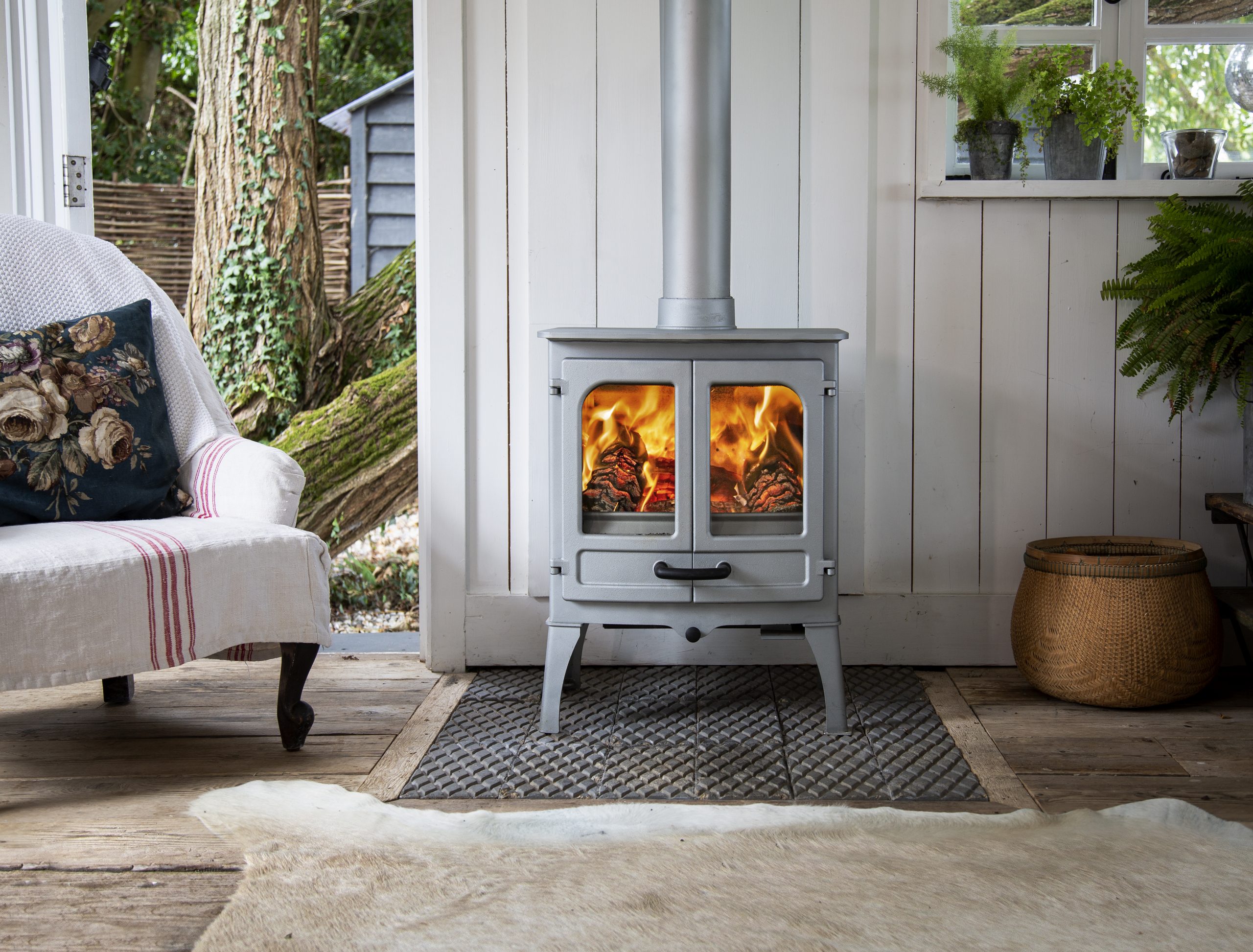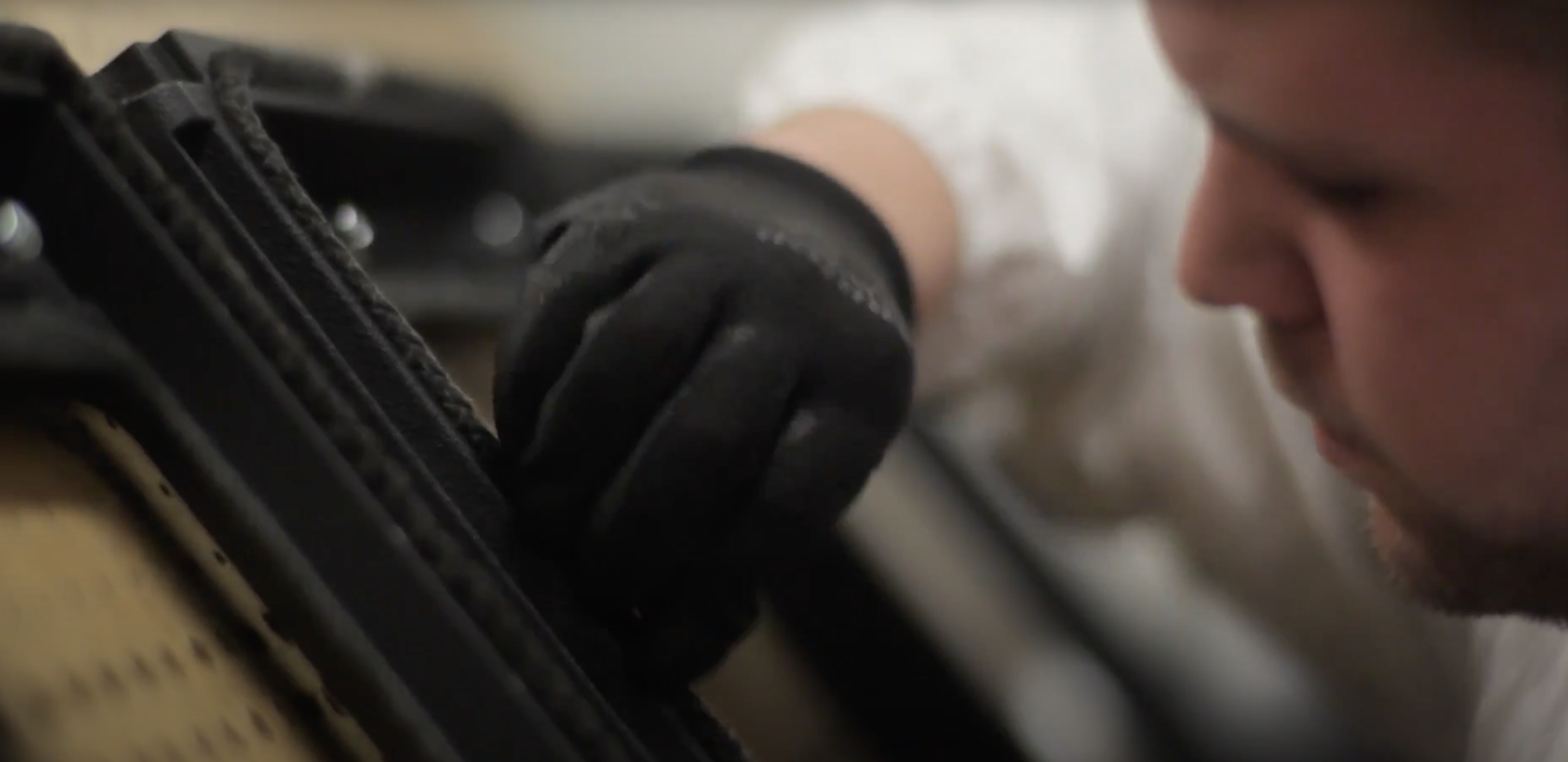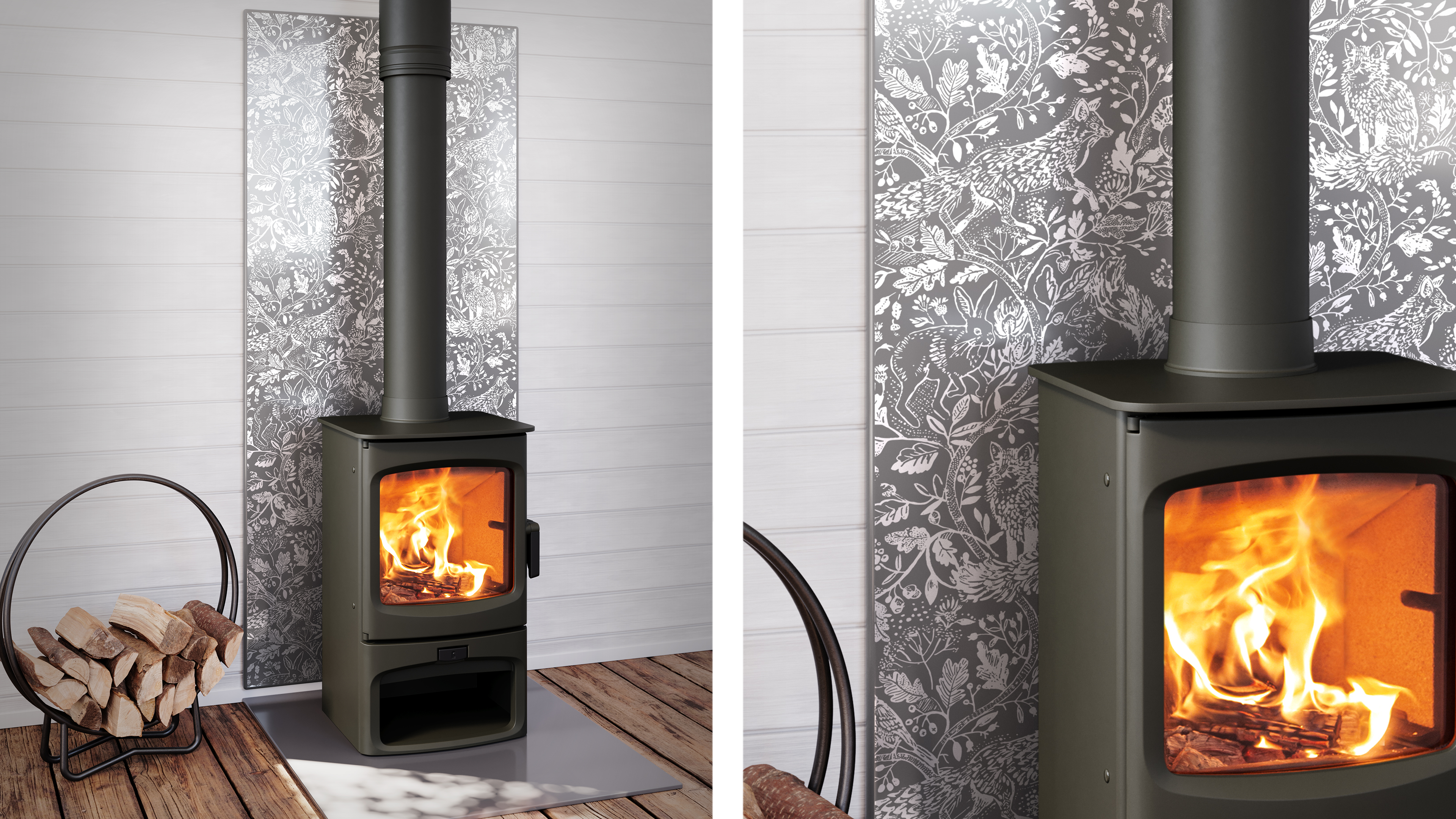Nothing quite compares to the roaring flames of a small indoor wood stove in the comfort of your own home.
A house wood burner not only creates the perfect ambience on a cold winter’s day but is also a superb focal point in the home.
However, before making this long-term investment and enjoying its many benefits, there are several factors to explore which will determine whether a wood burner in house is suitable for your home. From installation to size and fitting, we’ve compiled our top tips.
Can you install a wood burner if you have no chimney?
It is possible to have a wood burner installed in your home without a chimney. To achieve this, the wood burner must have a twin skin insulated flue system installed.
Before buying your wood burner, we would recommend a visit from an HETAS qualified heating engineer. They will visit your home and inspect the area where you would like your wood burner installed. They will offer expert advice on many elements, including building regulations, required flue systems, insulation and wood stove heat shields.
Can I install a wood burner myself?
The installation of a house wood burner is a highly specialised job and should be carried out by a trained professional. It is by no means a project to take on yourself, as if it is done incorrectly, it could be very dangerous.
If the stove and flue are not connected properly, or if the flue isn’t installed correctly, it can lead to harmful fumes entering the room, which can pose a significant safety risk to yourself and your family.
We recommend a visit from an HETAS qualified installer, who will be able to safely install a log burner and its flue system. By using a registered installer, you have the confidence that you are receiving expert, trustworthy advice and your flue will be installed properly. A correctly installed wood burner will be safe, efficient and long-lasting.
Here at Charnwood, we work with a network of specialist installers, so you can be safe in the knowledge that your wood burner installation will not only be fitted correctly but will be installed to last long-term.
To also find out how to clean a wood burner glass, view here.
How to line a chimney for a wood burner
A chimney liner is a stainless-steel tube that connects the top of the pipe that protrudes from a wood burner to the chimney pot. While there are several ways to line a chimney, fitting a chimney liner is the most common and cost-effective.
Lining a chimney for a wood burner is a two-person job, involving working at height and several steps:
• Before fitting the liner, ensure you first sweep the chimney.
• Remove the chimney pot.
• Go to the roof and take a length of rope measuring five metres longer than your chimney height with a weight on the end and carefully drop this down your chimney.
• A substantial amount of dust may fall down the chimney at this point, so ensure a dust mask, goggles and protective clothing are worn.
• Once the rope is down the chimney, tie off the rope to prevent losing it down the chimney.
• Bring the chimney liner to the roof and check the arrows to ensure it is the right way up.
• Take care when holding the chimney liner and cover the ends of the liner with gaffer tape for added protection.
• Attach the flex adapter, then fix three sets of wires to the liner adapter which enable you to attach the length of rope.
• Put the closing plate over the top end of the liner and clamp the top fixing clamp.
• Gently feed the liner into the chimney and straighten it to avoid any curls inside the flue.
• Once the liner is in place, move the fixing clamp down the liner until it is resting on top of the chimney and supports the weight of the liner at the necessary height.
• Cut any excess liner using a hacksaw so that around half the height of the chimney pot remains.
• Make the area waterproof by making a mix of sand, cement and integral waterproofer.
• Wet down the chimney, chimney pot, closing plate and end of the liner, before applying the cement mixture.
• Wipe down and add a cowl to the chimney.
• Connect the stove to the chimney liner adaptor with some rigid flue and allow 24 hours before lighting your stove.
Alternatively, a local registered installer will be able to fit the chimney liner for you. Contact us for further information.
How much should I pay for a wood burner to be fitted?
While each wood burner and its requirements are unique, you can expect to pay from £700 upwards for your wood burner to be fitted.
What size wood burner should I get?
It is essential that you measure the size of the room where you’d like your wood burner ahead of making a purchase. This will ensure that you buy the correct sized stove with the right amount of heat for the room where it will be installed.
If the wood burner gives off too much heat for the room, the space will become unpleasantly hot and the plaster around the stove may crack. Too low and you will not get the desired warmth needed within your chosen space.
As a rough guide, we recommend 1kW of heat output will heat 14 cubic metres.
To explore how to light a wood burner, view here.
How close can my TV be to my wood burner?
If you are considering placing your TV on the wall above your wood burner, we would strongly recommend contacting your TV manufacturer to determine how much heat your TV is able to withstand. You may also want to consult the operating manual for further information.
Contact Charnwood today
To find out more about your next wood burner and for advice around suitability for your home, contact Charnwood today. Our friendly, expert team are on hand and more than happy to answer any queries you may have.

